For more than 60 years, the Nature Conservancy of Canada has been the driving force behind conservation in Canada. To address the dual crises of biodiversity loss and the impacts of climate change, we’re building on that history to dramatically accelerate the pace of conservation.
To navigate this page, scroll using your mouse
OR
Hover near either side of your browser window to reveal arrows that you can click

Accelerating conservation
60 years of conservation
Nature finds a way. But in the face of large-scale challenges like biodiversity loss and climate change, it sometimes needs a helping hand. That’s where NCC comes in.
By connecting habitats and conserving entire natural systems, we’ve been enabling nature to better deliver the essential services that support life for more than 60 years, when the seed was first planted in 1962 thanks to the vision of a committed group of citizens.
How it started
1962
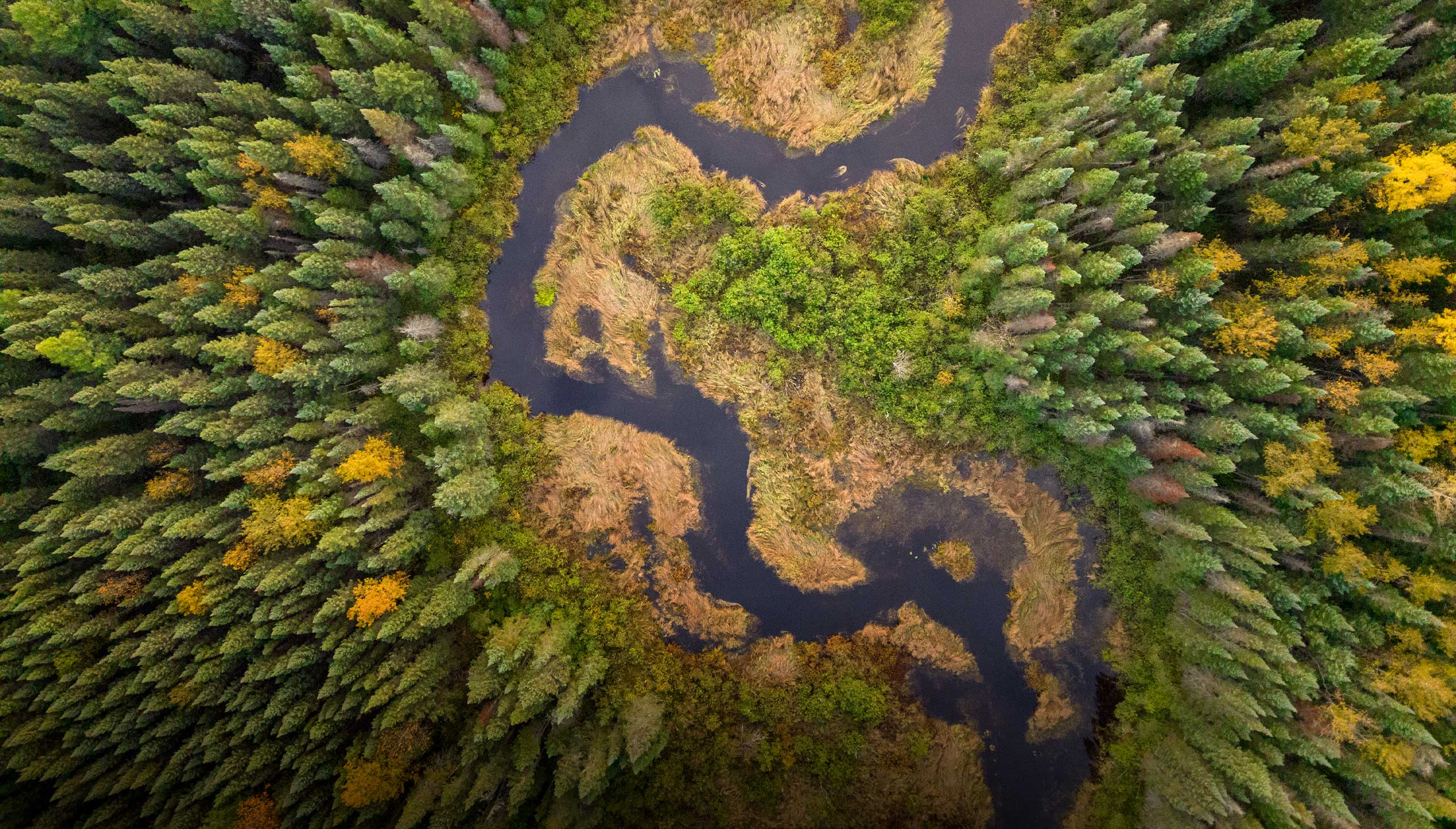
Doubling your impact
In just two years, you have helped to accelerate the pace and scale of conservation in Canada, protecting an additional 1.3 million hectares and putting us on track to double our impact by 2030.
Two years of impact
Thanks to your support, NCC has protected 1.3 million hectares across the country in just the last two years. Places that promote biodiversity, store carbon, impact water quality and provide habitat for close to one-third of Canada’s species at risk.
From protecting the home of a small songbird in Quebec, to completing the securement of Ontario’s largest protected area south of the Canadian Shield, every NCC project, no matter what the size, is delivering big returns. Here are just some of the ways that your gifts are helping to protect, manage and restore ecosystems, while benefitting human well-being and biodiversity:
How it's going
2022
Qat'muk, BC
An Indigenous Protected and Conserved Area
After 30 years of uncertainty about the future of its traditional lands, the Ktunaxa Nation Council (KNC) can now move forward with community consultation to ensure the effective stewardship and conservation of the Central Purcell Mountains through the creation of an Indigenous Protected and Conserved Area (IPCA).
NCC was honoured to work with the KNC to help them achieve their vision of fully protecting Qat'muk. NCC was invited to help deliver the complete and permanent extinguishment of all tenures and development rights associated with a large ski resort development, and to support KNC in their ongoing conservation planning for the establishment of an IPCA.

IPCAs are natural areas that Indigenous governments, communities and Nations have the primary role in conserving and managing
Thaidene Nëné, NWT
Small project, big impact
Sometimes the smallest projects carry the biggest impact. In the midst of a vast area of cultural and ecological significance, NCC purchased a private holding of about one hectare, transferring it to Parks Canada. This removed an obstacle to creating Thaidene Nëné National Park reserve, influencing the conservation over 14,000 square kilometres, in keeping with the aspirations and wishes of local Indigenous communities.
The Łutselkʼe Dene First Nation received worldwide recognition for the creation of the reserve, which will be managed by Indigenous communities. Thaidene Nëné will provide opportunities to retain and continue traditional ways of life while conserving spectacular landscapes and supporting sustainable economic development.
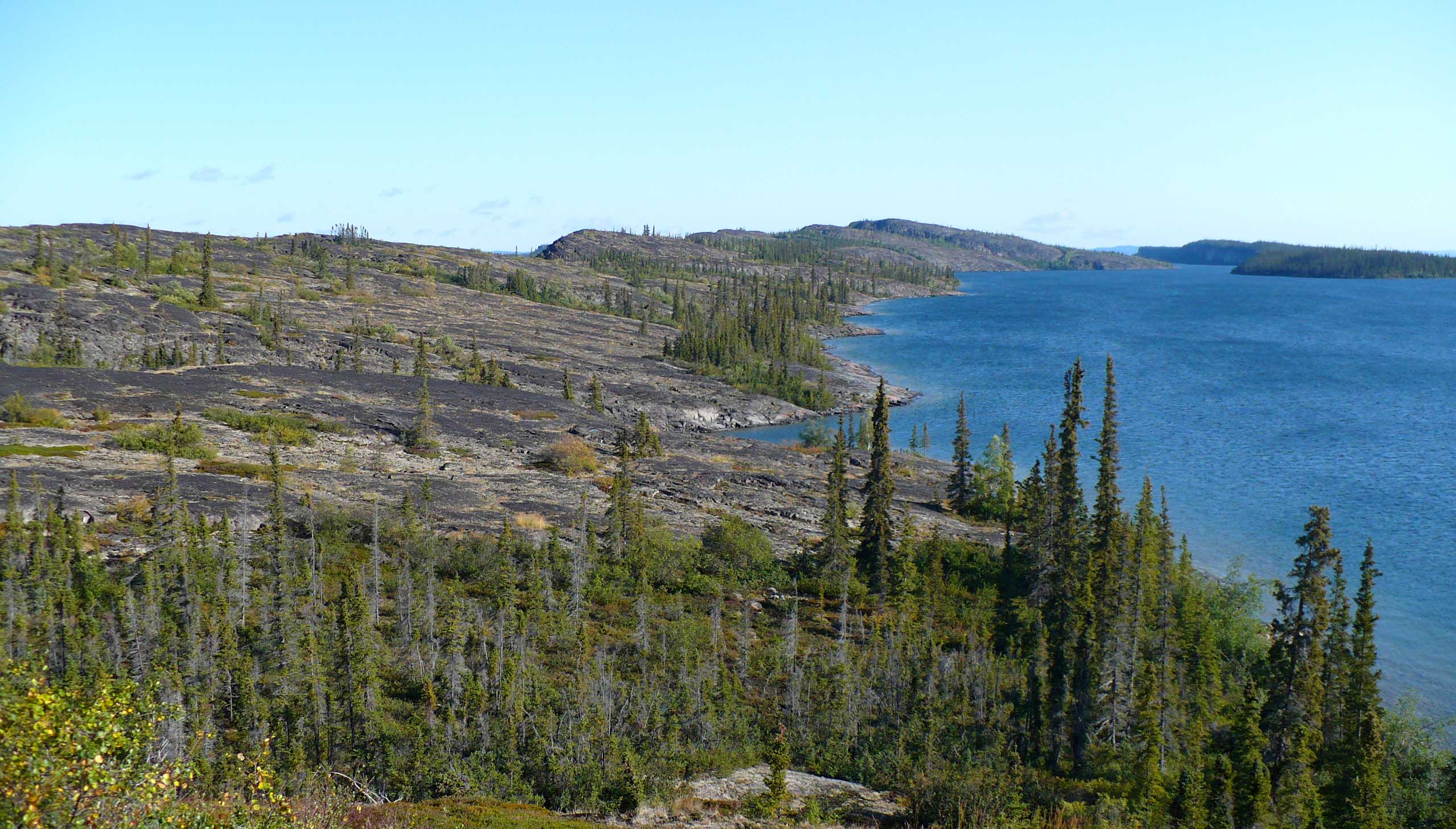
Meaning “Land of the Ancestors” in Dënesųłıné, Thaidene Nëné is one of the largest protected areas on the continent
Buffalo Pound, SK
Saving grasslands to save drinking water
NCC’s Buffalo Pound project consists of 866 hectares of native grasslands and seven kilometres of shoreline along the north shore of Buffalo Pound Lake. These grasslands help filter the drinking water for Regina, Moose Jaw and several surrounding communities.
This area is at risk for future development, as shorelines are in demand for recreation and industry. Conserving this important natural area will sustain a healthy ecosystem, including supporting recreation and economic needs. Keeping the province’s grasslands and lakes healthy benefits the people and wildlife that depend on them.
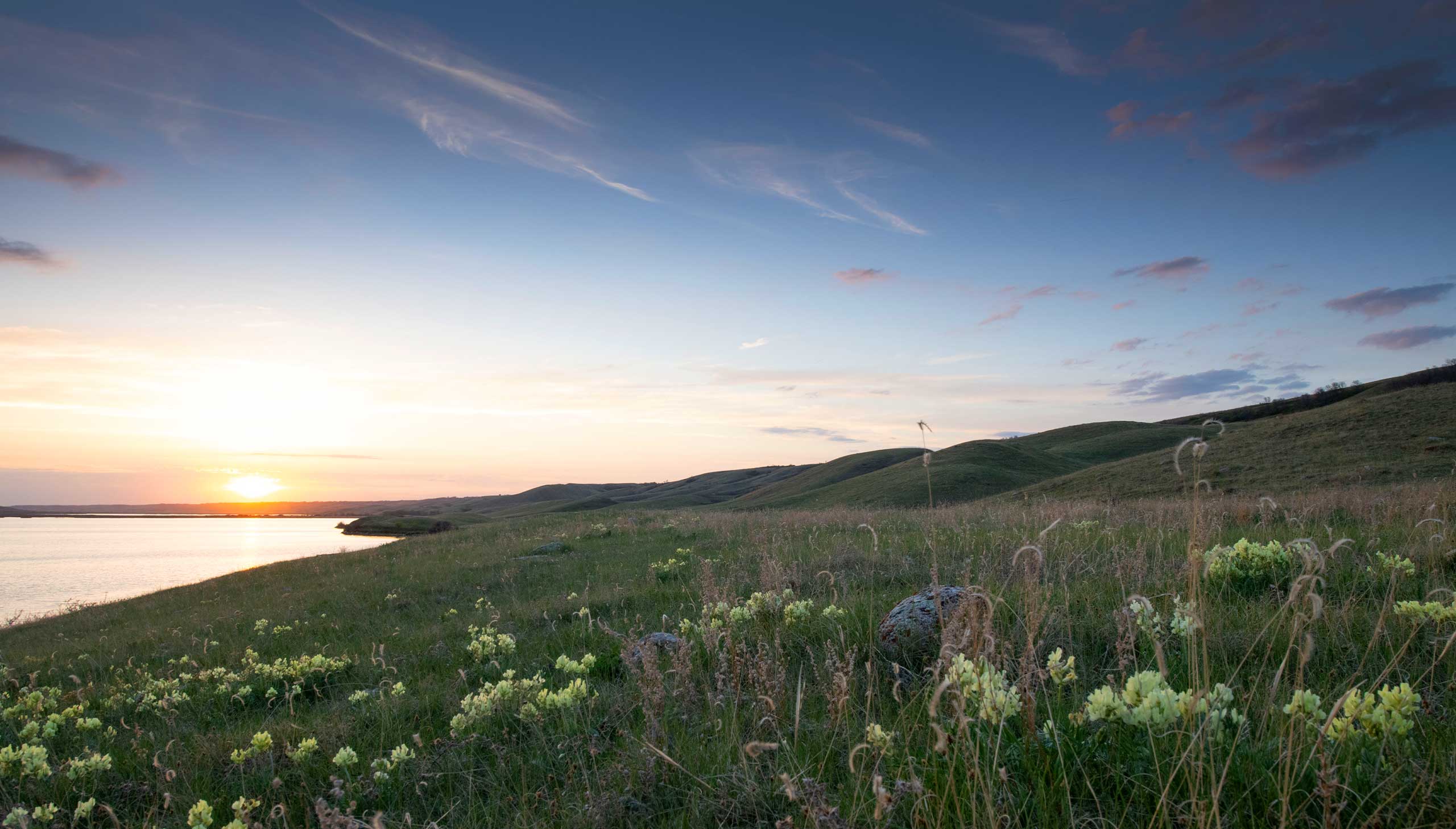
This natural area provides drinking water for 25 per cent of the province’s people
Vidal Bay, ON
Setting a new standard in Ontario
The Vidal Bay project comprises more than 7,600 hectares of shoreline and forest, redefining landscape-scale conservation in central Ontario. The forests, wetlands and alvar habitats found here capture and store carbon dioxide equivalent to taking nearly 5,000 cars off the road annually.
When combined with nearby and adjacent conservation lands that we have already conserved, this makes up a protected area complex of 250 square kilometres (24,860 hectares), the largest of its kind south of the Canadian Shield in Ontario. This project has helped set a new standard of large landscape-scale conservation in Ontario.
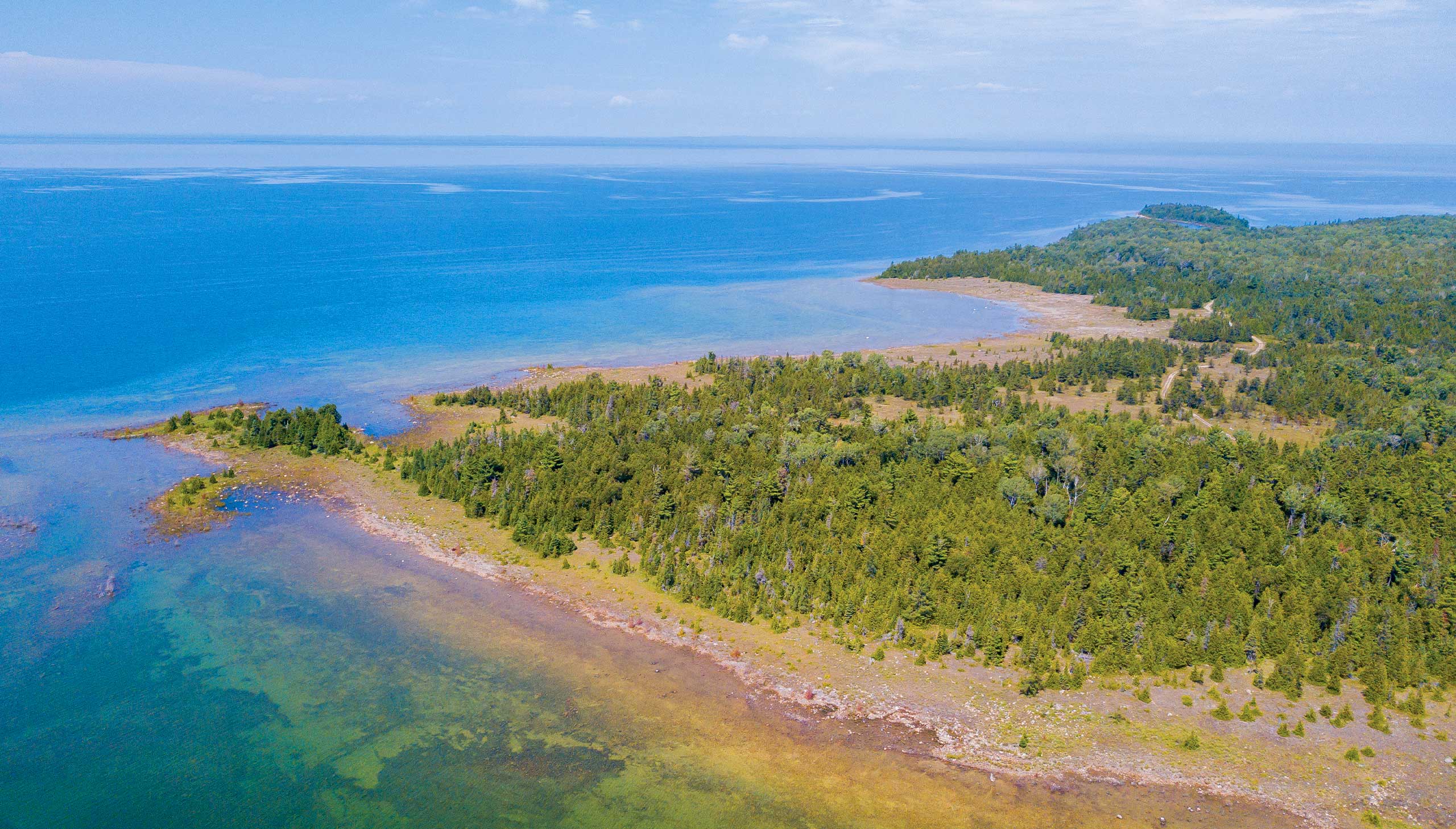
The forests, wetlands and alvar habitats of Vidal Bay absorb 22,675 tonnes of carbon dioxide each year
Krieg property, QC
Combining conservation and recreation
The Krieg project is full of life. Its mature forests are home to eastern wood-pewee, a small, threatened songbird. Several species of spring salamander also live in the area’s streams. NCC hopes to connect the property to the Green Mountains Nature Reserve, a place of high biodiversity and a well-used outdoor recreation area in Quebec.
The Au Diable Vert outdoor centre has also acquired land adjacent to this new project. Together, these two acquisitions help consolidate an important network of walking trails that cross the properties of both organizations and demonstrate that, through an innovative partnership, it is possible to combine conservation and recreational activities.
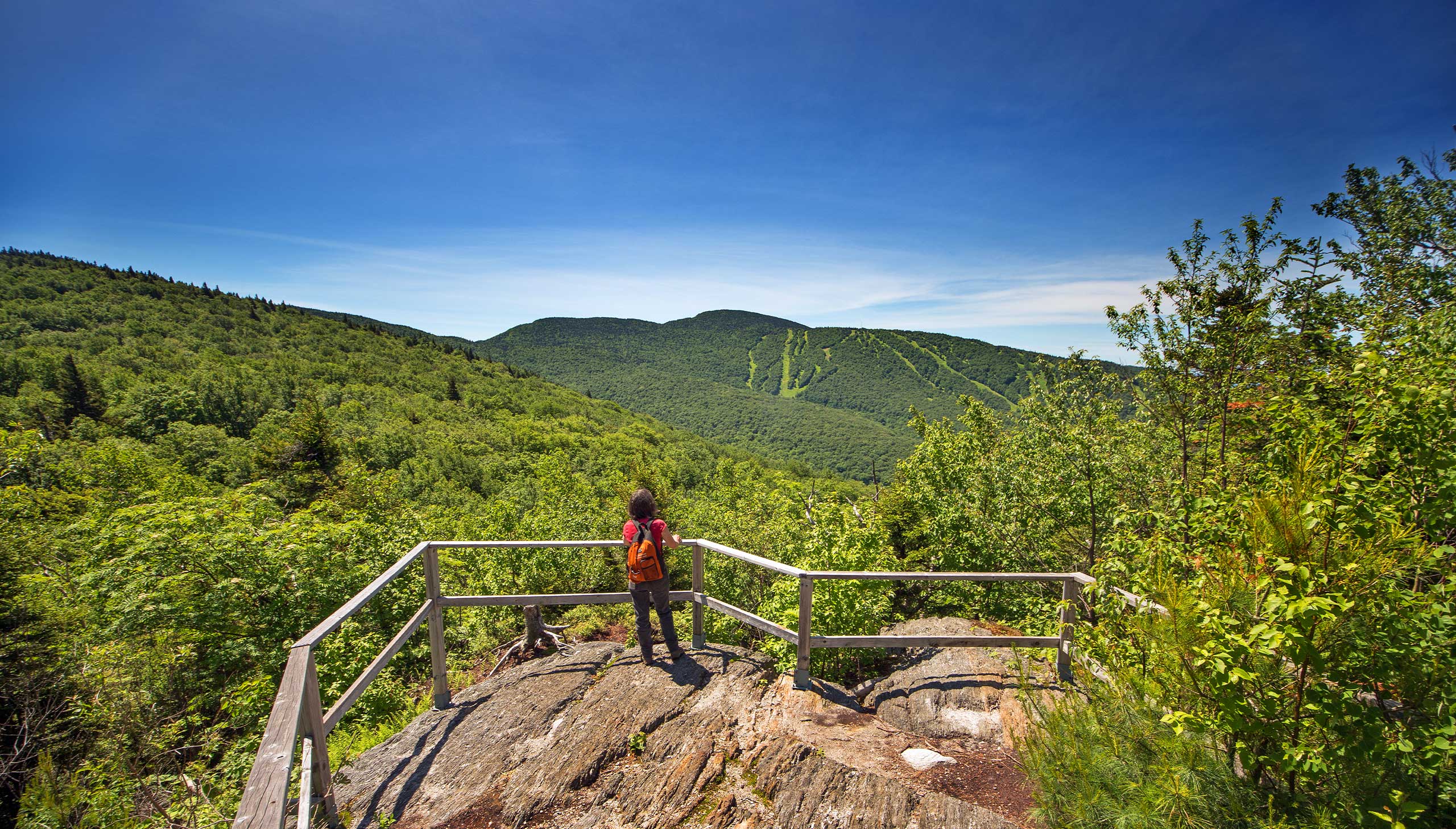
The hiking trails that cross the project offer the public an opportunity to enjoy the benefits of nature
Chignecto Isthmus, NS
Conserving a critical wildlife corridor
The Chignecto Isthmus is a narrow strip of land connecting mainland Nova Scotia to New Brunswick and the rest of North America. Since 2010, NCC has conserved just over 2,200 hectares on both sides of the provincial border, continuing to expand upon our existing conservation efforts along this critical wildlife corridor.
Only 21 kilometres wide at its narrowest, the isthmus separates two large bodies of water: Chignecto Bay, a sub-basin of the Bay of Fundy, and the Northumberland Strait, an arm of the Gulf St. Lawrence, on the Atlantic Ocean.

The Chignecto Isthmus is critical for wide-ranging wildlife, especially for the movement of moose between New Brunswick and Nova Scotia
The Grasses Nature Reserve, NL
Keeping The Rock rugged
The Grasses Nature Reserve is the most extensive example of natural grassland and the largest wetland centred along a river in Newfoundland and Labrador. It provides habitat for several rare plant species and large-scale connectivity for a host of wildlife.
This remote 1,570-hectare nature reserve is 25 kilometres from the town of Stephenville Crossing. It is situated along the Long Range Mountains, the most northerly extension of the Appalachian Mountains in North America.
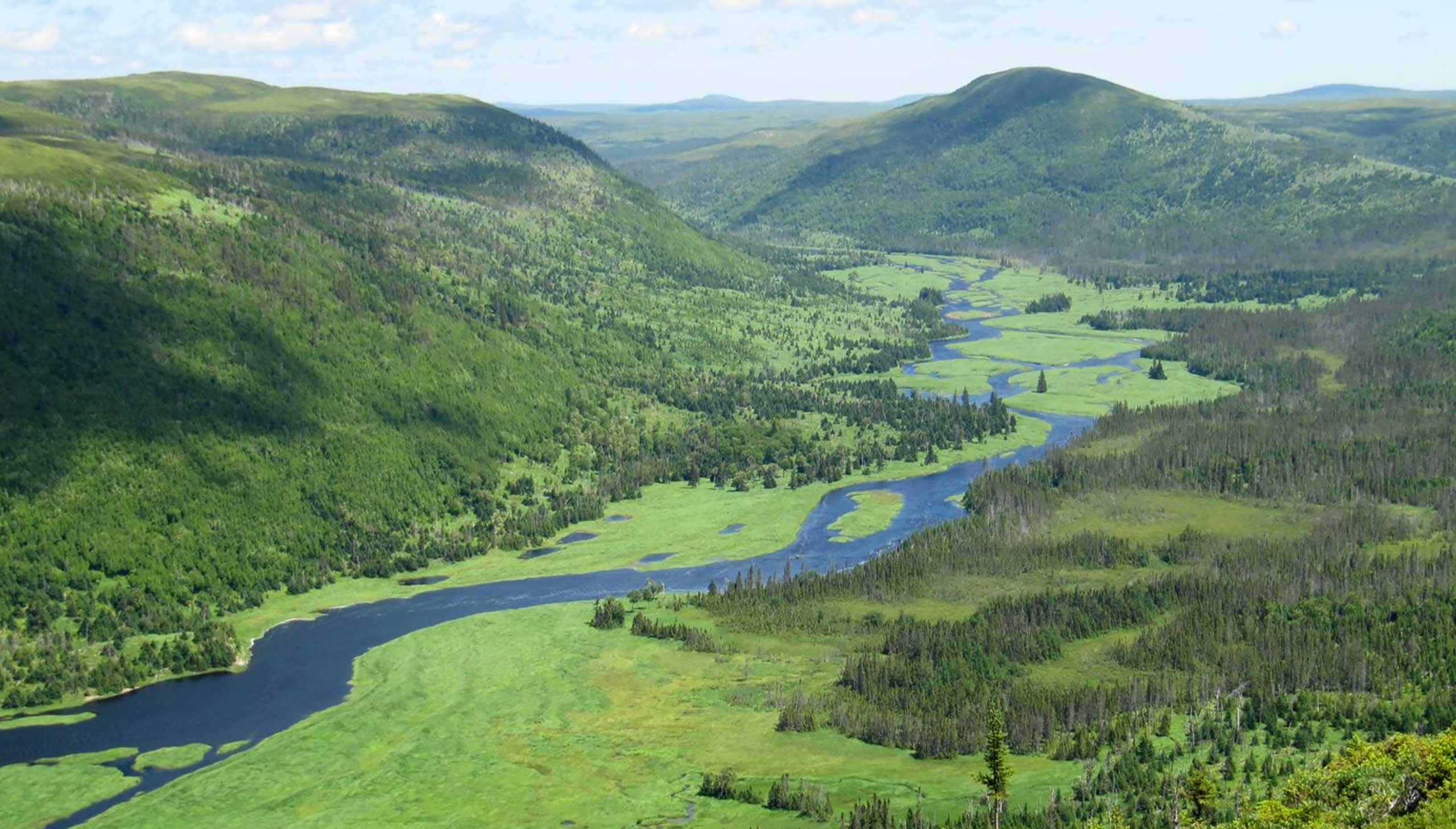
The area is named after its extensive natural riverside grasses, which can grow up to 1.5 metres tall
Become our force for nature
Help us turn the tree into a forest. Join us in accelerating conservation and doubling our impact by 2030.